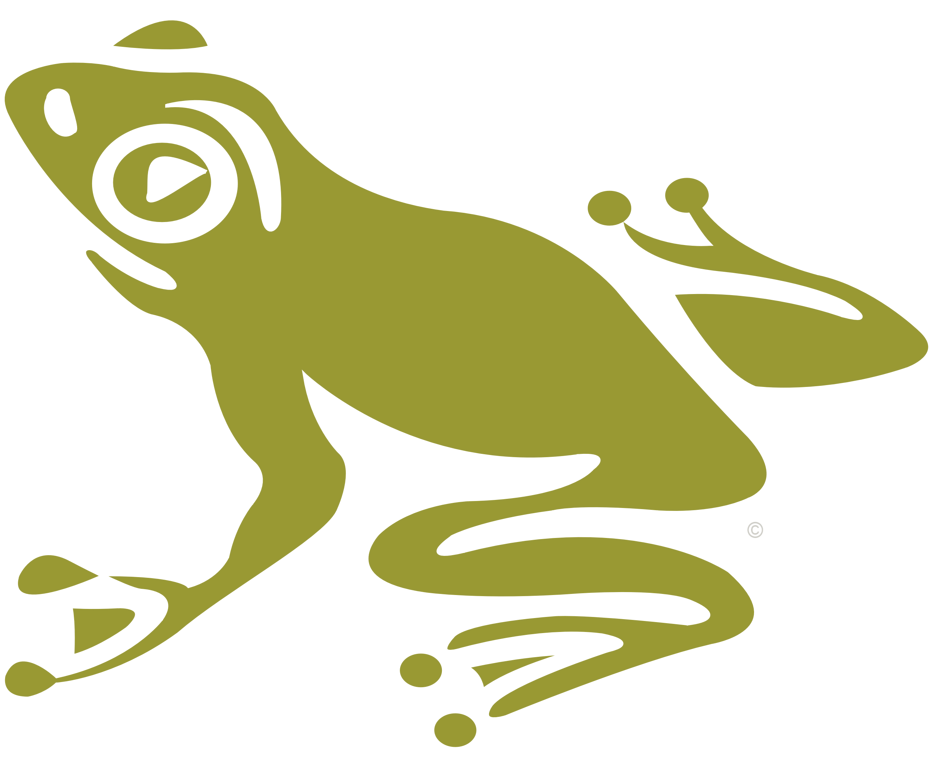What Is A Wetland?
October 24, 2024 at 1:52 pm
 A wetland is an area of land that is saturated with water. There are many different kinds of wetlands and many ways to categorize them.
A wetland is an area of land that is saturated with water. There are many different kinds of wetlands and many ways to categorize them.Wetlands generally fall into five general types: marine (ocean), estuarine (estuary), riverine (river), lacustrine (lake), and palustrine (marsh).
Common names for wetlands include marshes, estuaries, mangroves, mudflats, mires, ponds, fens, swamps, deltas, coral reefs, billabongs, lagoons, shallow seas, bogs, lakes, and floodplains, to name just a few!
Often found alongside waterways and in floodplains, wetlands vary widely due to differences in soil, topography, climate, water chemistry, and vegetation. Large wetland areas may also be comprised of several smaller wetland types.
Wetland habitats serve essential functions in an ecosystem, including acting as water filters, providing flood and erosion control, and furnishing food and homes for fish and wildlife.
They do more than sustain plants and animals in the watershed, however. Many wetlands are not wet year-round because water levels change with the seasons. During periods of excessive rain, wetlands absorb and slow floodwaters, which helps to alleviate property damage and may even save lives.
Wetlands also absorb excess nutrients, sediments, and other pollutants before they reach rivers, lakes, and other waterbodies. They are also great spots for canoeing, hiking, and bird-watching, and are enjoyable outdoor "classrooms" for people of all ages.
